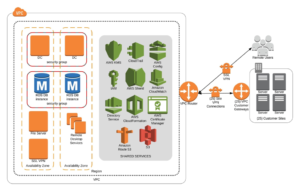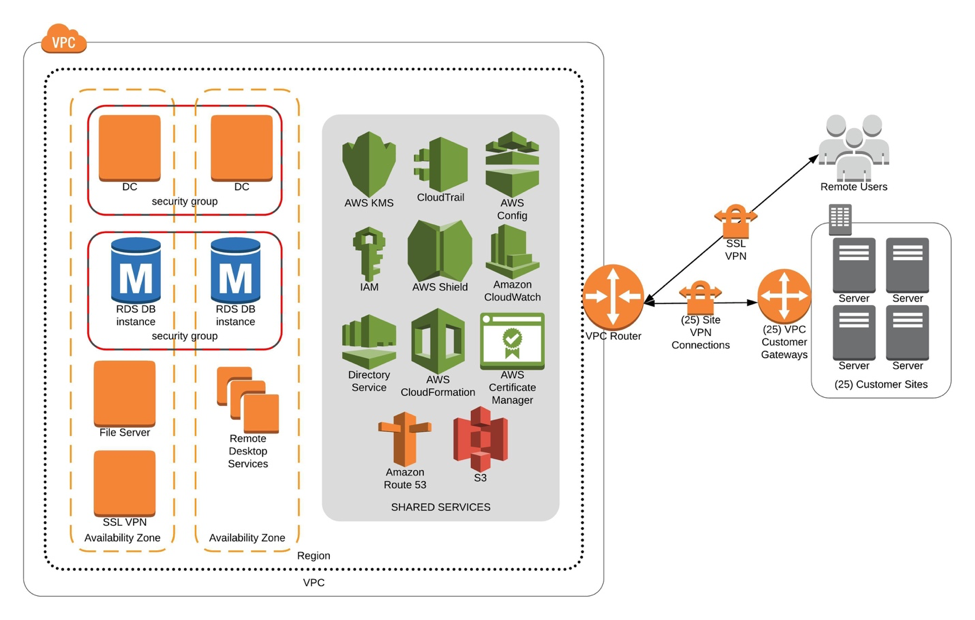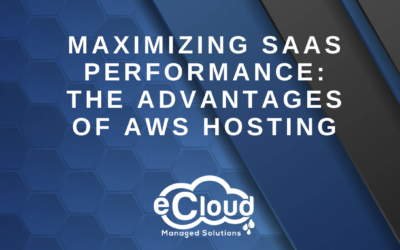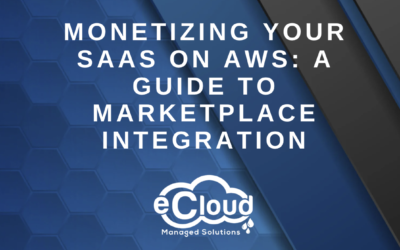Executive Summary
For nearly 45 years, The Caton Companies which make up eight separate companies now combine to form an alliance of nearly 600 employees in 12 markets in 2 states. Their philosophy is the same now as it was when Doug Caton began operations 45 years ago – it’s all about management: no matter the product or service, it takes good people and well thought out direction to achieve ultimate performance.
“eCloud Managed Solutions was there to answer our questions and provide the background and technical expertise that led to a very organic and natural migration to AWS. Throughout the process, each step was explained, and as we approached completion of the project and migration off of our legacy hardware to a hybrid AWS environment. eCloud Managed Solutions provided the needed support to ensure that our first experience would be the best while fully supported and with ongoing managed services.”
Jon Honeycutt, Director of IT, The Caton Companies
The Challenge
The Caton Companies had been experiencing performance degradation and availability issues due to their continued organic growth, aging hardware, legacy technologies and several single points of failure in their architecture. When a hardware refresh cycle came due for their servers and infrastructure, The Caton Companies decided it was the perfect time to migrate to the public cloud, but which one…AWS or Azure? AWS was selected in order to provide the flexibility they needed to grow and modernize their operations which were predominantly being run on a Microsoft Windows platform with IIS/.NET applications.
High level requirements:
 Automation
CloudFormation was used to provide developers and admins with an easy way to create, deploy and manage AWS resources. Using stack templates (Master, VPC, Application Level, Database), CloudFormation manages the various dependencies or runtime parameters an application needs to function properly.
AMIs, in turn, contain the information needed to launch an instance or virtual instance on AWS. The instance can include an operating system, application server and the applications to run, along with the various permissions that control access to the applications.
Implementation and Migration
To ensure the smoothest transition possible, eCloud Managed Solutions used a three-step process for implementation.
Automation
CloudFormation was used to provide developers and admins with an easy way to create, deploy and manage AWS resources. Using stack templates (Master, VPC, Application Level, Database), CloudFormation manages the various dependencies or runtime parameters an application needs to function properly.
AMIs, in turn, contain the information needed to launch an instance or virtual instance on AWS. The instance can include an operating system, application server and the applications to run, along with the various permissions that control access to the applications.
Implementation and Migration
To ensure the smoothest transition possible, eCloud Managed Solutions used a three-step process for implementation.
- Reduce outages / increase availability
- Increase Scalability and Elasticity of services
- Reduce IT management overhead
- Automate infrastructure and application deployment
- Increase Recoverability – Disaster Recovery
 Automation
CloudFormation was used to provide developers and admins with an easy way to create, deploy and manage AWS resources. Using stack templates (Master, VPC, Application Level, Database), CloudFormation manages the various dependencies or runtime parameters an application needs to function properly.
AMIs, in turn, contain the information needed to launch an instance or virtual instance on AWS. The instance can include an operating system, application server and the applications to run, along with the various permissions that control access to the applications.
Implementation and Migration
To ensure the smoothest transition possible, eCloud Managed Solutions used a three-step process for implementation.
Automation
CloudFormation was used to provide developers and admins with an easy way to create, deploy and manage AWS resources. Using stack templates (Master, VPC, Application Level, Database), CloudFormation manages the various dependencies or runtime parameters an application needs to function properly.
AMIs, in turn, contain the information needed to launch an instance or virtual instance on AWS. The instance can include an operating system, application server and the applications to run, along with the various permissions that control access to the applications.
Implementation and Migration
To ensure the smoothest transition possible, eCloud Managed Solutions used a three-step process for implementation.
- Application, OS and data migration occurred once the applications were identified, grouped, and prioritized. This involved a thorough application dependency mapping, collaboration with the customer to prioritize each application group and develop AWS target environment.
- eCloud provides the toolset and migration expertise to “clone” the customer’s application move group, deploy in AWS target environment and capture differential data prior to final cutover.
- The production cutover to the new environment was performed once all applications and data was verified by customer, while the existing system was temporarily left in place while testing and DNS re-routing occurred to AWS and network settings finalized.




